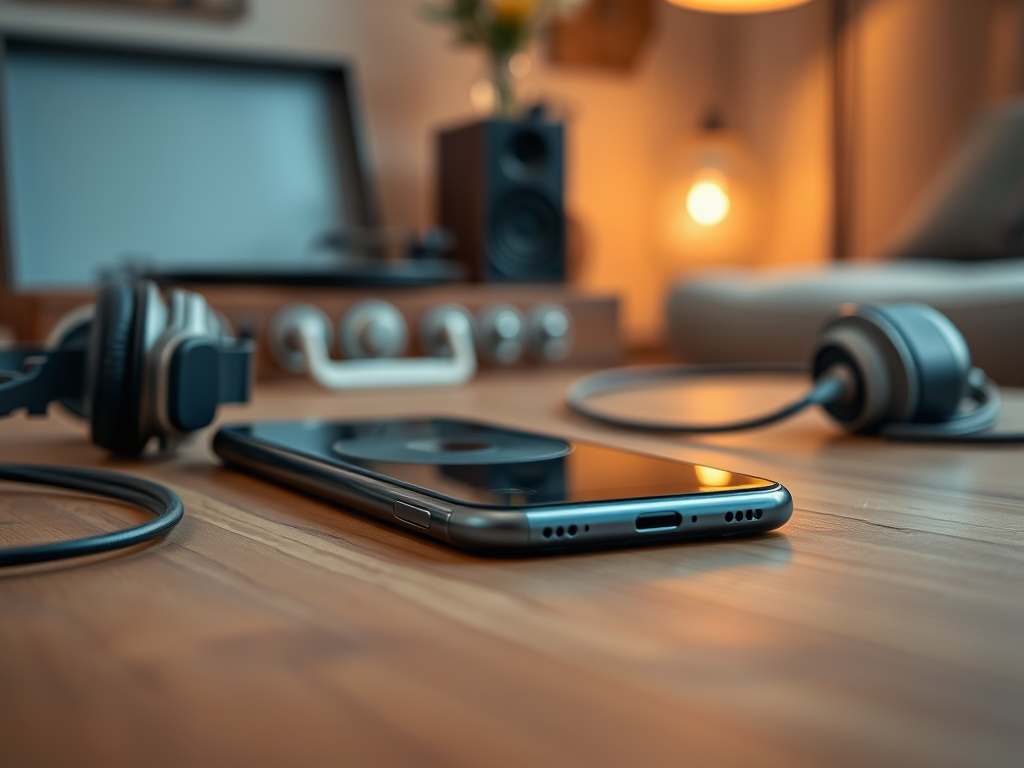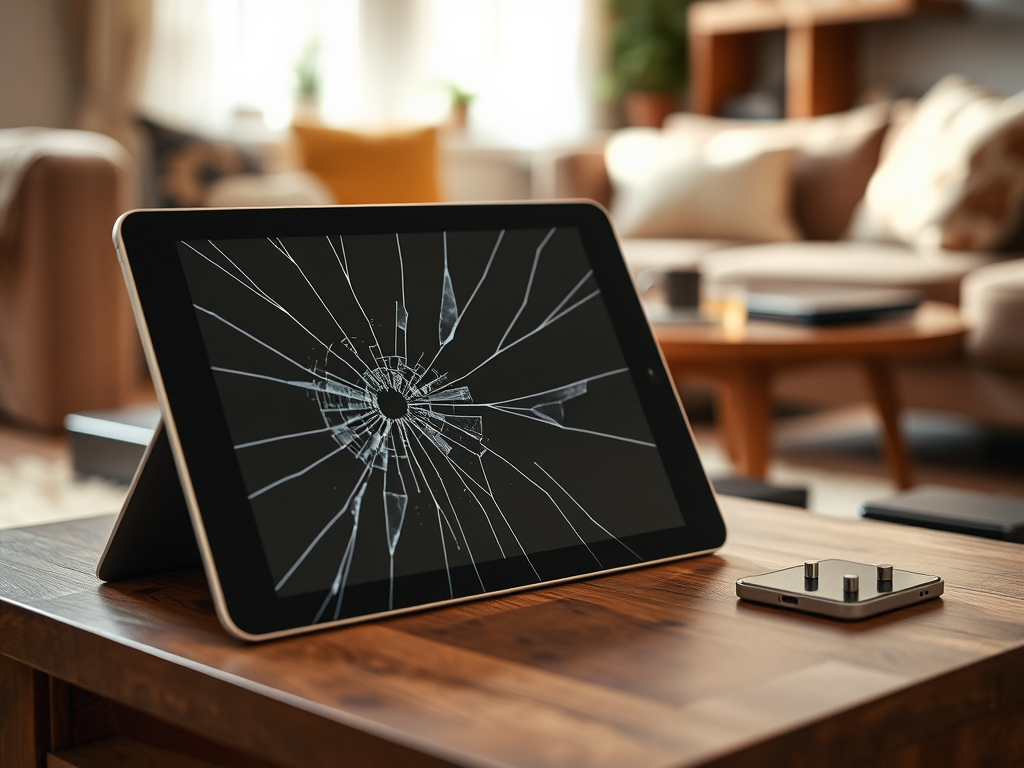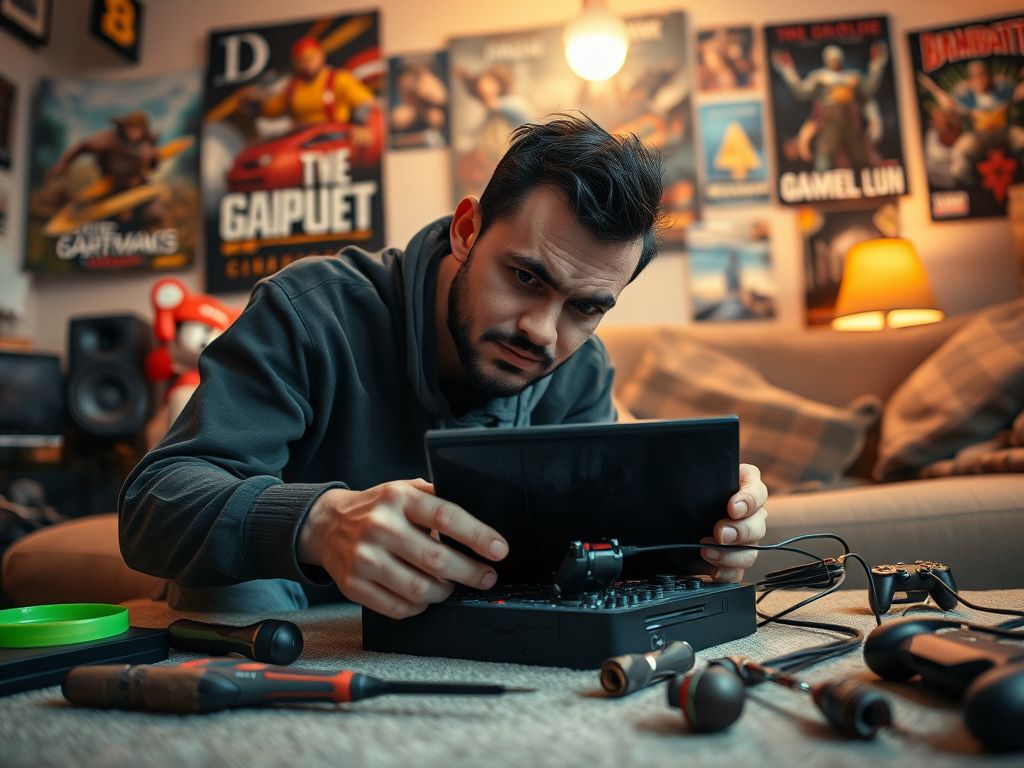Have you ever been caught off guard by your phone suddenly sounding like a broken radio, crackling and popping while you try to enjoy your favorite song? Understanding the condition of your phone’s speaker is crucial for maintaining an enjoyable audio quality, especially in today’s audio-rich world. It’s essential for not just music lovers but also for anyone who relies on their device for video calls, podcasts, and casual media consumption. This article will delve into the various signs that indicate potential speaker damage, the common causes of such issues, and practical troubleshooting steps you can take to assess and possibly restore your device’s audio capabilities. So, let’s get started on unlocking the mystery of speaker health and revitalizing your listening experience!
Signs of a Damaged or Blown Speaker
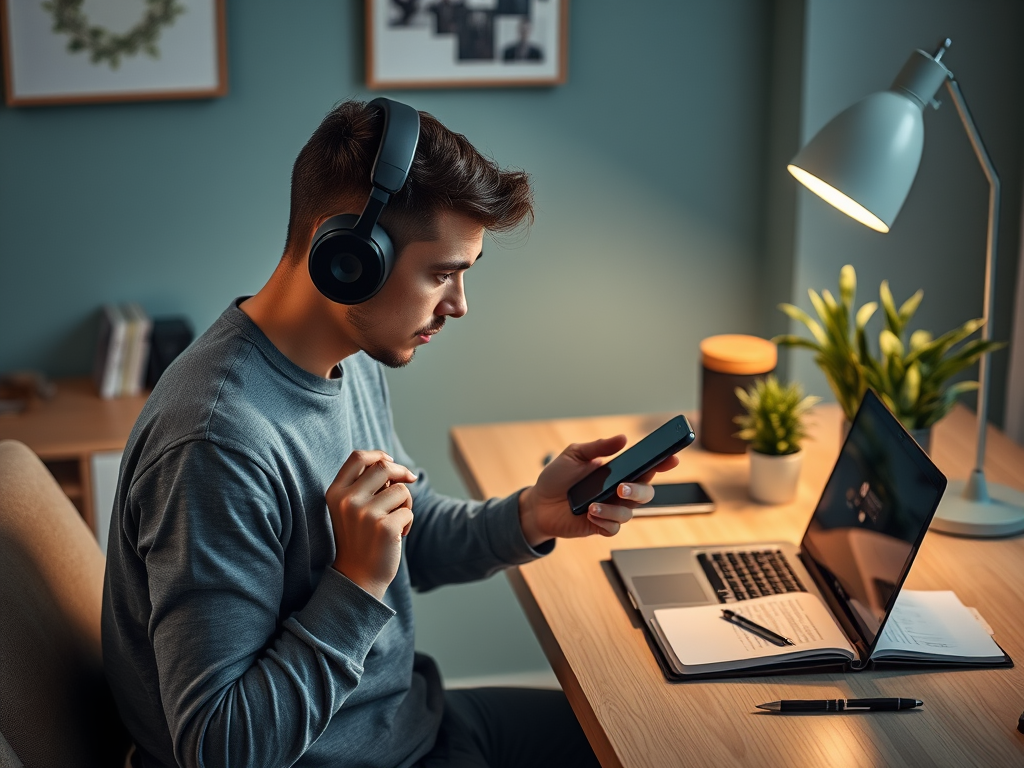
Recognizing the symptoms of a damaged speaker early can save you from further complications. There are several common indicators that can help you identify an issue with your phone’s speaker functionality:
- Distorted Sound: One of the first signs of speaker damage is distorted sound. Instead of crystal-clear audio, you may hear crackling, popping, or muffled noises.
- Low Volume Output: If the sound from your speaker has significantly decreased, this could indicate potential damage. A healthy speaker should produce vibrant sound at various volume levels.
- No Sound at All: A completely non-functional speaker is often a clear sign that something is wrong.
- Unusual Vibrations: If your phone vibrates excessively or makes odd noises during playback, it may indicate that the speaker is blown.
Common Causes of Speaker Damage
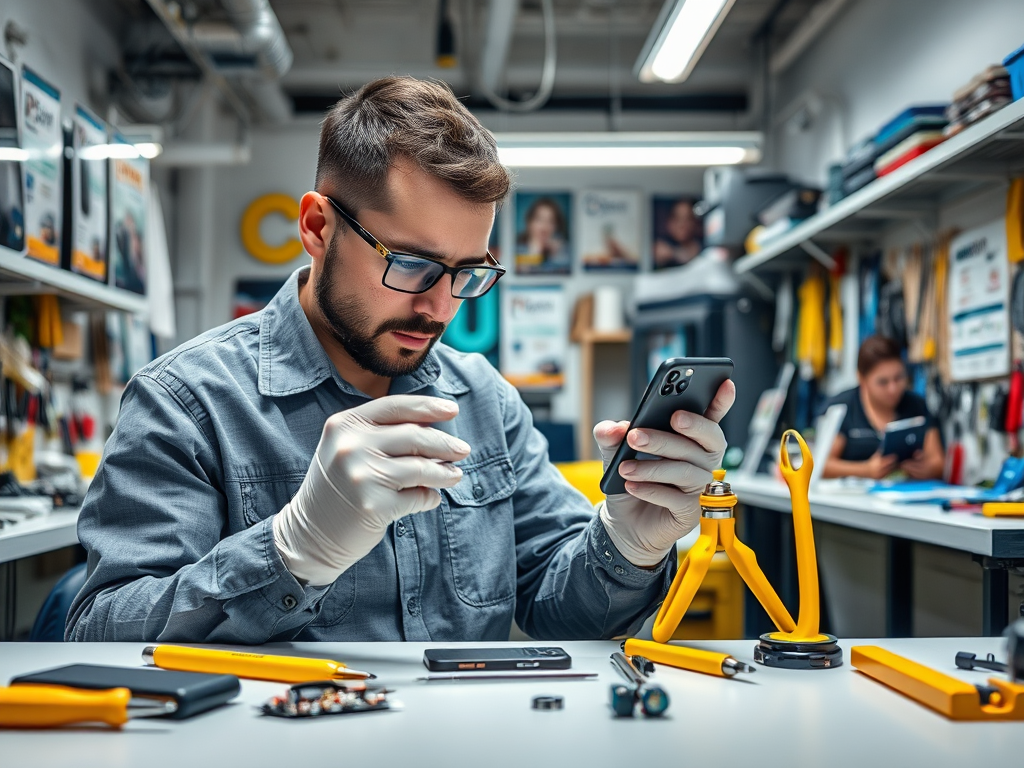
Many factors can contribute to speaker issues, and understanding these root causes can help you prevent future problems. Here are some of the most common culprits behind speaker damage:
- Exposure to Moisture: Water damage is one of the leading causes of speaker failure. Just a few drops of liquid can disrupt internal components, leading to permanent damage.
- Physical Impact: Dropping your device or exposing it to strong impacts can affect your speaker’s performance, often leading to undetectable internal damage.
- Age and Wear: Like any other electronic components, speakers wear out over time. Prolonged use can lead to diminished audio quality, making regular checks a wise choice.
The lifespan of a phone speaker can vary, but it’s generally accepted that they can provide solid performance for several years with proper care. However, as with any technology, age can lead to natural degradation. Eventually, components may lose their elasticity or become less effective, especially in high-frequency sounds. Regular interval checks can help catch these issues before they escalate into full-blown failures.
| Speaker Issue | Potential Cause | Recommended Action |
|---|---|---|
| Distorted Sound | Moisture or debris | Clean the speaker grille |
| Low Volume | Age or hardware failure | Consult a technician |
| No Sound | Internal damage | Seek professional repair |
Troubleshooting Steps
If you suspect that your phone speaker might be damaged, follow these troubleshooting steps to identify and possibly resolve the issue:
- Restart Your Phone: Sometimes, a simple restart can resolve audio issues caused by software glitches. Reboot your device and check if the sound quality improves.
- Test with Headphones: Plugging in a pair of headphones can help you determine if the issue is with the speaker or the phone’s audio system as a whole.
- Check Audio Settings: Ensure your audio settings are configured correctly by verifying volume levels and checking for accidentally activated sound enhancers.
Conclusion
Identifying whether your phone speaker is damaged or blown is essential for maintaining an optimal audio experience. By recognizing the signs of speaker damage, understanding potential causes, and following systematic troubleshooting steps, you can ensure your device serves you well for years to come. Don’t let poor audio quality impact your enjoyment—be proactive in checking your phone’s speaker health and consider preventive measures to avoid potential issues in the future. Regular checks are crucial for ensuring the longevity of your device and safeguarding your listening experience, whether for leisure or essential communications.
Frequently Asked Questions
- What should I do if my phone speaker is damaged? If you suspect damage, follow troubleshooting steps like restarting your phone or testing with headphones. If the problem persists, considering professional repair services may be necessary.
- Can I fix my phone speaker on my own? While some minor issues may be resolved at home, significant damage often requires professional intervention to ensure a proper fix.
- How can I prevent speaker damage in the future? To prevent damage, avoid exposing your phone to moisture, use a protective case, and be cautious when handling your device to limit impacts.
- Is speaker damage covered under warranty? Most manufacturer warranties do not cover accidental damage. Always check your warranty terms for specific details.
- What are the costs associated with repairing a phone speaker? Repair costs vary by model and damage extent, ranging from minor fees for simple fixes to higher costs for full speaker replacements.
